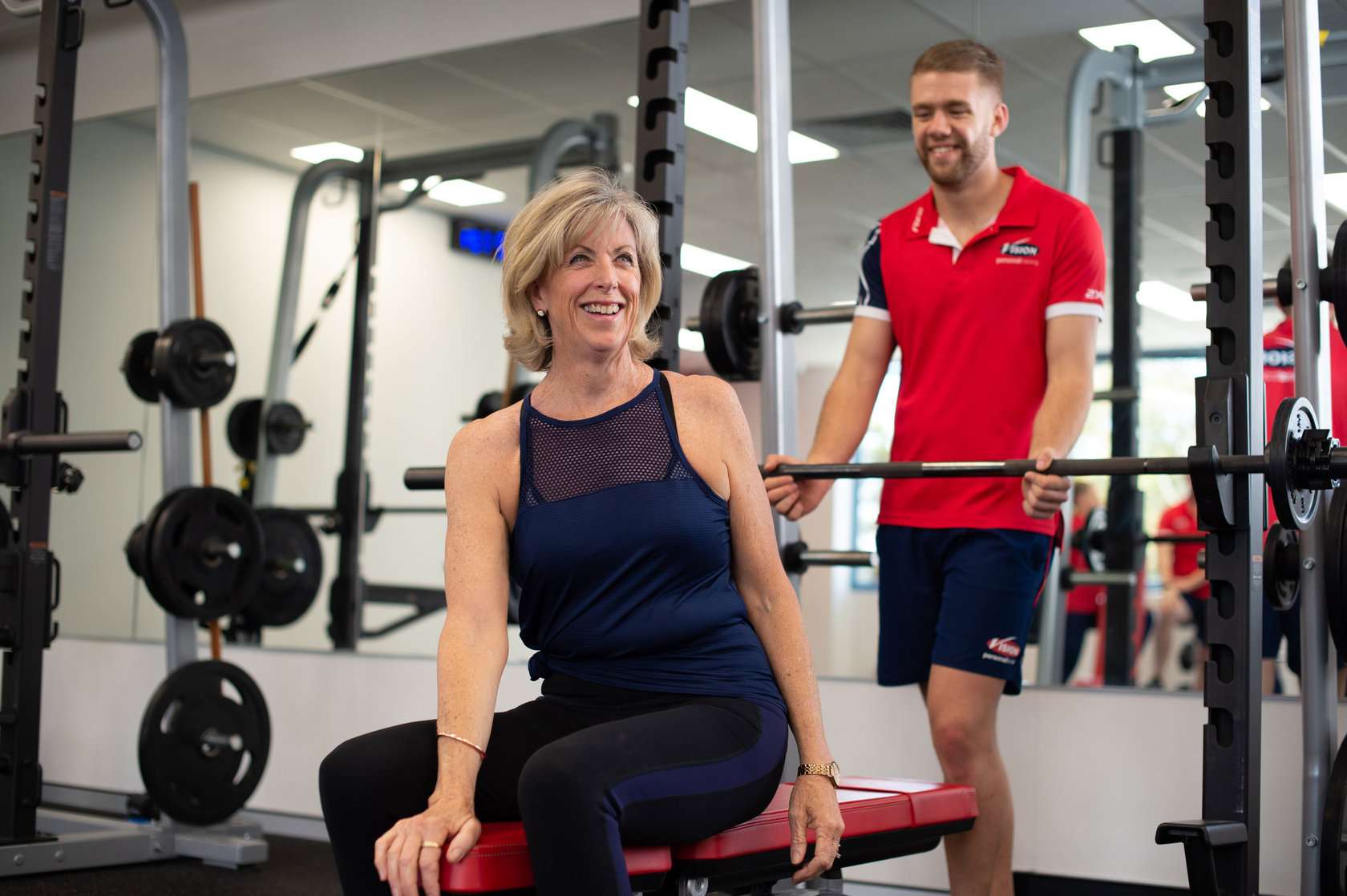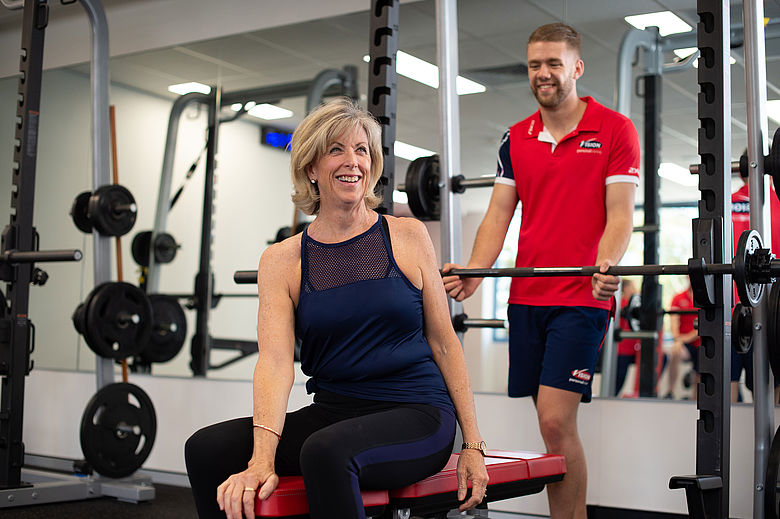Choosing the right type of carbohydrate for your goal can be a daunting and confusing task. If we are to consult the famous food pyramid, it would say that the best type of carbohydrates to eat are pasta, grains and breads. Now ask anyone what foods they should avoid to lose weight and I'm sure most people who have attempted a diet in some form will tell you that these very carbohydrates are the first ones to go. But why is that? Why are these the carbs that we should avoid? Furthermore why is it that we should avoid the sugary processed carbs and instead replace them with the seemingly "tasteless" vegetables? Understanding what makes fruits, vegetables and legumes the best choices compared to grains and processed carbs is the key to taking control of our health and weight loss. In this article I will attempt to shed some light on this important yet constantly overlooked issue of why vegetables are better than grains and why grains are better than sweets.
Before we begin to separate different carbohydrates into their respective categories I would like to cover some basic information that will help you understand why some carbs are better than others. If we look at carbohydrates from a strictly metabolic standpoint and how they affect our weight gain and disregard micronutrient values (vitamins and minerals) for a moment we can begin to see a clear division between fattening carbs and leaner carbs.
When we eat carbohydrates they are absorbed into the blood stream as sugar and transported to the liver for processing into either glycogen to be stored in the liver itself, stored in the muscle to be burnt off as energy or converted to fat and stored in the body's fat cells. Insulin is the hormone that is responsible for transporting the sugars around the blood stream to and from the liver. Whenever insulin is present in the blood stream all fat burning processes are suspended as the bodies main priority is to rid the blood of sugar and is placed in a state of "storing " rather than "burning". The high levels of insulin release means there is much sugar in the blood the higher the insulin levels the longer it takes to reduce blood sugar meaning the longer it takes to return to a fat burning state. Whilst insulin is present our primary fuel source will be the carbohydrates stored in the muscle. With this knowledge it is fair to say that our primary focus when losing body fat is to try to maintain a low blood sugar level as much as possible. Therefore the best carbohydrates to eat would be the ones that promote the least insulin release. There are many individual factors that can affect absorption rates of carbohydrates depending on gut health but for the purpose of this article we will focus on the two primary factors, fibre and carbohydrate density.
The role of fibre is to move the nutrients through the digestive system and promote a slow release of sugar into the blood stream keeping the insulin low and in check. Naturally occurring foods such as fruits, vegetables and legumes will have a fibre to sugar ratio that promotes this healthy release of sugar into the blood stream keeping insulin to a safe and manageable level for the liver to effectively process the incoming sugar. Whole grains such as brown rice and sprouted grains such as wheat, rye, spelt and buckwheat have their fibre stored in the husk of the grain which is often removed during the milling process tipping their fibre to sugar ratio in favour of the sugar making their absorption rate higher than that of vegetables and legumes. Our goal should be to choose carbohydrates with the highest possible fibre content and the lowest carbohydrate density when our aim is to lose body fat.
Carbohydrate density refers to the quantity of carbohydrates stored in the food, when we compare 100g of different carbohydrates we can clearly see which have a higher density and which have a lower density. Vegetables and legumes also have a lower carbohydrate density when compared to grains and processed carbohydrates which is the second factor we will discuss. A butternut Pumpkin for example has less than half carbohydrates per 100g compared to basmati rice both have high fibre so which is the better choice? From a fat loss perspective we want to eat lots of food with few carbs so yes the lower density fruits, vegetables and legumes would be more beneficial than the higher density grains despite their relatively similar fibre content. Using VVT we can compare the different density of all foods by keeping the quantity the same e.g. 100g and compare the carbohydrate content of the food.
Fat Loss carbohydrates = high fibre + Low density
"By educating ourselves on how to eat we free ourselves from the struggles of poor health"
#leocares
*Disclaimer: Individual results vary based on agreed goals. Click here for details.

